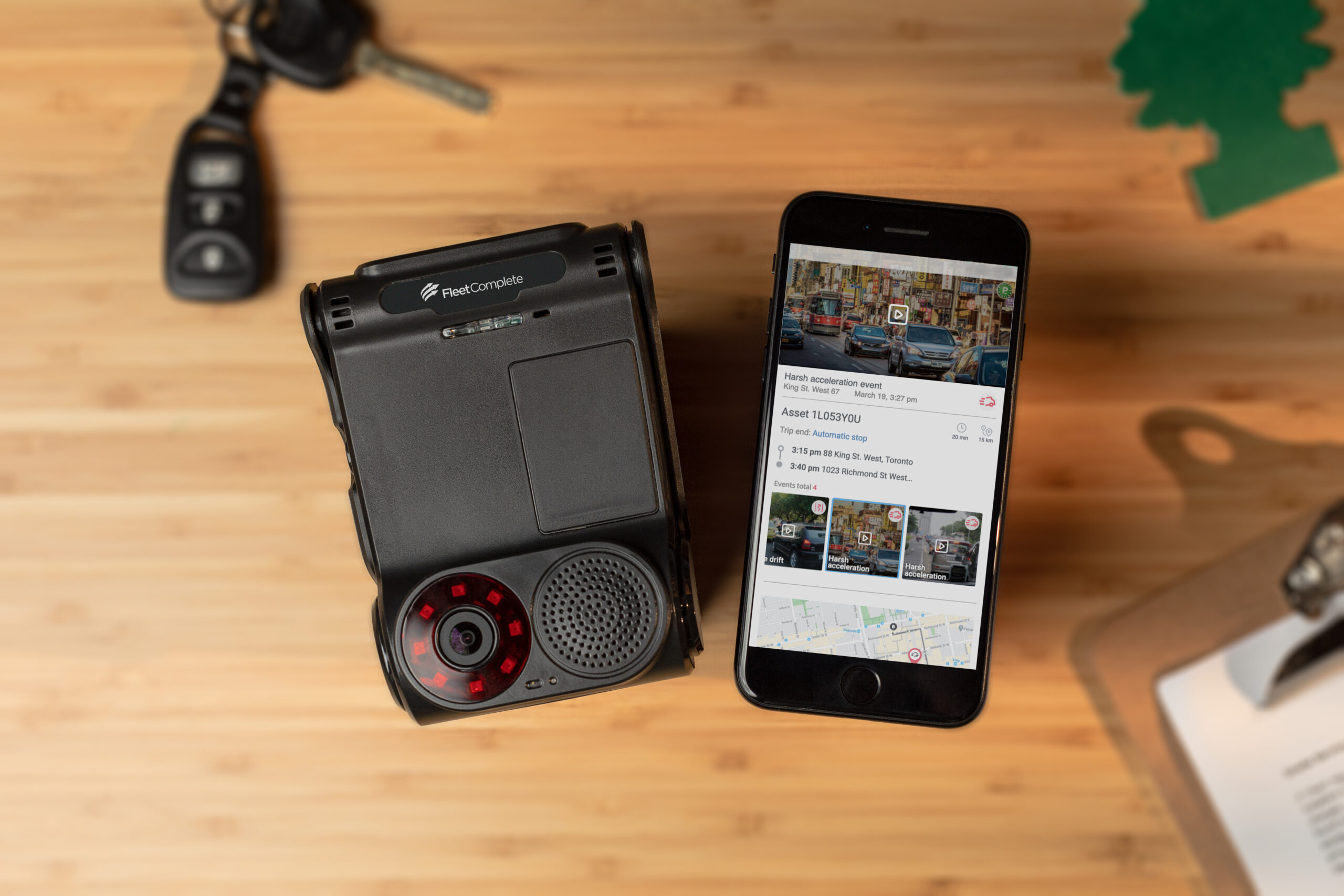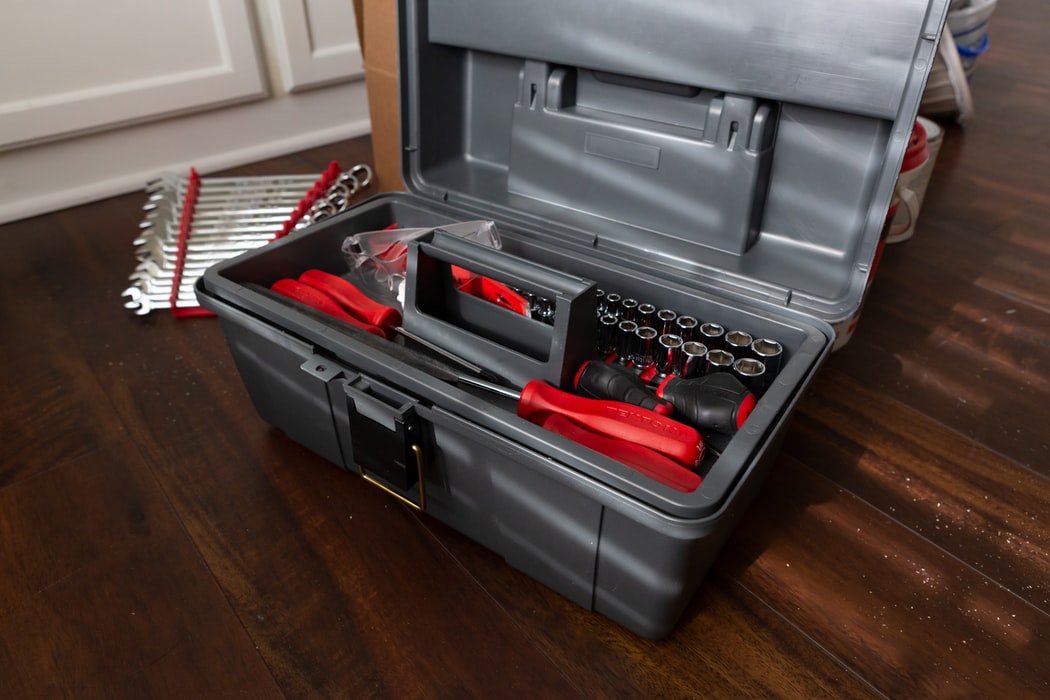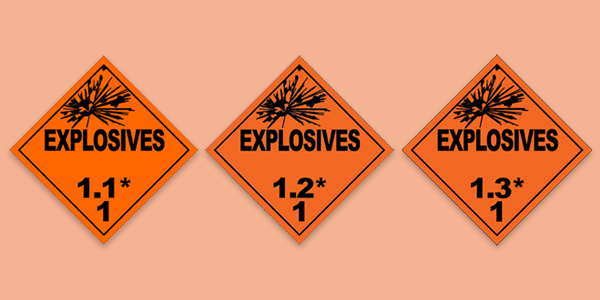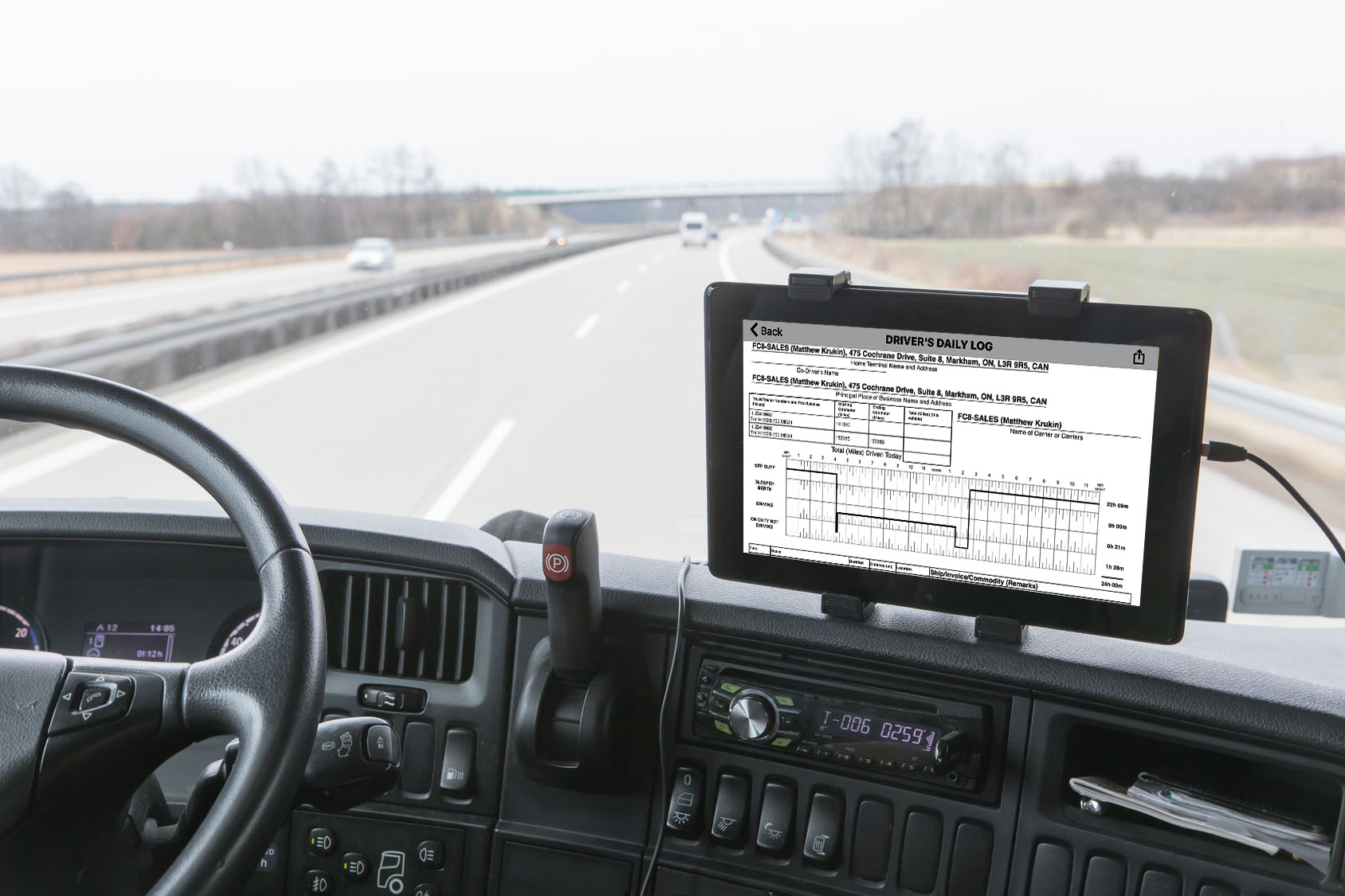I was asked by a major client to confirm what is the difference between a driver operating a commercial vehicle during an emergency vs driving in adverse conditions in Canada.
The first question that needs to be answered is whether a driver is operating a commercial vehicle under Federal, Provincial or a Territorial Hours of Service (HOS) rule.
If operating under a federal rule, a commercial vehicle means a vehicle that is:
(a) Operated by a motor carrier and propelled otherwise than by muscular power; and
(b) A truck, tractor, trailer, or any combination of them that has a registered gross vehicle weight in excess of 4 500 kg, or a bus that is designed and constructed to have a designated seating capacity of more than 10 persons, including the driver.
The next question is whether or not a driver stays within a 160 Km radius?
If yes, the driver is exempt from surrendering an HOS output file to a safety official at roadside.
In order to be exempt from this requirement, the driver must follow these conditions:
(a) Drives or is instructed by the motor carrier to drive a commercial vehicle within a radius of 160 km of the home terminal.
(b) Returns to the home terminal each day to begin a minimum of 8 consecutive hours of off-duty time; and
(c) The motor carrier maintains accurate and legible records showing, for each day, the cycle the driver followed and on-duty times and keeps those records and the supporting documents relating to those records for a minimum period of 6 months after the day on which each record was recorded.
The next question is whether or not a driver will cross to the U.S. as he/she will now have to comply with Part 395?
If the driver stays strictly within Canada, the next step is to understand what is the definition of an Emergency Vehicle, under the Federal Commercial Vehicle Drivers HOS Regulation SOR/2005-313:
An emergency vehicle means a fire-fighting vehicle, ambulance, police vehicle or other vehicle that is used for emergency purposes.
If you are unsure if a specific commercial vehicle meets the above definition, it would be a best practice to avoid the debate at roadside with a safety official and to reach out to Transport Canada to get written direction that your vehicles meet the definition of other vehicle.
Let’s move on to the circumstance where a specific type of vehicle could take advantage of the emergency condition requirements.
This would default again to what is commonly known to be an emergency vehicle. In addition though, a vehicle engaged in providing relief in the case of a Public Welfare Emergency, as that expression is defined in section 5 of the Emergencies Act would be included as an emergency vehicle.
But what exactly is a Public Welfare Emergency?
Well, a Public Welfare Emergency comes into force as a result of a proclamation issued by the Governor in Council.
This will happen if an emergency is caused by a real or imminent:
(a) Fire, flood, drought, storm, earthquake, or another natural phenomenon,
(b) Disease in human beings, animals, or plants, or
(c) Accident or pollution, and that results or may result in a danger to life or property, social disruption, or a breakdown in the flow of essential goods, services, or resources, so serious as to be a national emergency.
Once again, if you are unsure if your vehicle(s) is considered providing relief in the case of a public welfare emergency, consider getting written confirmation from Transport Canada.
There are other types of emergencies, but they are not specifically referenced in SOR/2005-313.
So let’s assume that an emergency has been proclaimed, and your vehicles meet the conditions.
In such cases, the driver will then be exempt from driving, on-duty, and off-duty times (Note: elapsed time will still apply) in an emergency, if the driver requires more driving time to reach a destination that will provide safety for the occupants of the commercial vehicle and for other users of the road or the security of the commercial vehicle and its load.
This is essentially what took place when the Covid-19 Essential Freight Transportation Exemption that provided specific relief under the Commercial Vehicle Drivers HOS Regulation in Canada.
Specifically, that exemption applied to extra-provincial truck undertakings and their drivers, who were employed or otherwise engaged in the transport of essential supplies and equipment in direct assistance to the emergency relief efforts during the response to COVID-19, in all provinces and territories throughout Canada, from the provisions set out in specific sections of the HOS regulations.
These specific sections referred to both South & North of Latitude 60°N drivers including relief from daily driving, on-duty times, mandatory, daily, deferral and splitting of off-duty times, ferries, cycles, resets and switching in the HOS Regulations.
In order to meet this exemption, there was some very rigorous conditions and specific types of goods or s
service that were prescribed, so this was not intended to be a blanket exemption for all motor carriers in Canada.
As a fyi, this Essential Freight Exemption in Canada ended on April 30, 2020.
Next, is for a motor carrier to consider applying for a Special HOS Permit that are occasionally issued by Transport Canada.
If you want to pursue this option, you can expect to go through a rigorous approval process, including demonstrating to Transport Canada that issuing a Special HOS Permit would not jeopardize the safety or health of the public, the driver, or the employees of the motor carrier.
Let’s now move onto Adverse Driving Conditions, as the requirements are entirely different than emergency conditions.
A driver who encounters adverse driving conditions while driving the commercial vehicle during a trip south of latitude 60°N may extend the permitted 13 hours of driving time, and reduce the 2 hours of daily off-duty time by the amount of time needed to complete the trip if:
(a) the driving, on-duty, and elapsed times in the cycle the driver follows is not extended more than 2 hours.
(b) the driver still takes the required 8 consecutive hours of off-duty time: and
(c) the trip could have been completed under normal driving conditions without the reduction.
A driver who encounters adverse driving conditions while driving the vehicle during a trip north of latitude 60°N may extend the permitted 15 hours of driving time (Note: a driver north of latitude 60°N cannot reduce the 2 hours of daily off-duty time) by the amount of time needed to complete the trip if:
(a) the extension of the driving time is no more than 2 hours; (Note: Elapsed and On-Duty Times will still apply)
(b) the driver still takes the required 8 consecutive hours of off-duty time: and
(c) the trip could have been completed under normal driving conditions without the extension.
A driver who extends their driving, on-duty, or elapsed times because of an emergency or adverse driving conditions shall record the reason for doing so in the record of duty status.
There are three types of scenarios in the Canada that you should be aware of.
In each scenario, the driver would have to manually enter an edit in the HOS log in the BigRoad application that reflects the current scenario.
The driver is to annotate the specific condition that applies in the remarks section and include the city, town, or village, and province abbreviation when a change of duty status occurs.
I also recommend that the motor carrier print a copy of the emergency proclamation by the jurisdiction, and have drivers put that document in the permit book of the truck to readily surrender to a safety official upon request.
A driver should also always explain these unusual circumstances or log entries that may be unclear when reviewed later by a safety official, as there may be a violation that can be proactively explain away when a particular HOS violation exists.



































































































